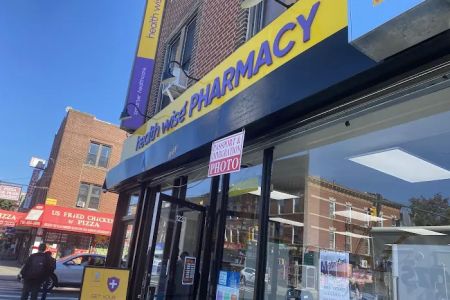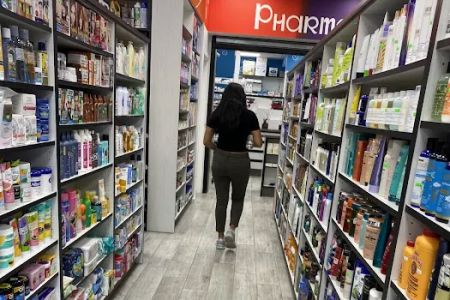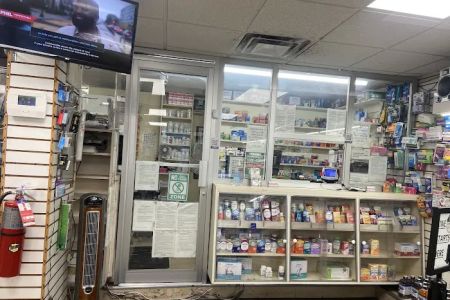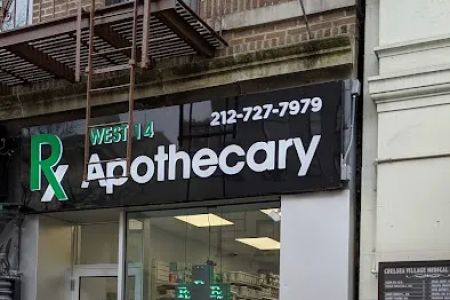Pharmacy Procedures for Handling Prescription Transfers
As a frequent visitor to my local pharmacy, I have always been curious about how prescription transfers work. For many patients, the process of transferring prescriptions can seem like a hassle, but in reality, it’s a simple and efficient procedure once you understand the steps involved. Having experienced the transfer of prescriptions for both myself and my family, I can say that the process, though regulated and precise, ensures that medications are safely and correctly transferred to a new pharmacy. Here’s a breakdown of the pharmacy procedures for handling prescription transfers and why it’s an essential service for patients.
1. Understanding Prescription Transfers: Why Are They Necessary?
Before delving into the specifics of the transfer process, it's important to understand why a prescription transfer might be necessary. As someone who has relocated a few times over the years, I’ve found that prescription transfers come in handy when you change pharmacies due to moving to a new area, finding a more convenient location, or switching to a pharmacy that offers better services or insurance coverage.
In my experience, being able to transfer a prescription with ease has meant no interruption in medication, which is especially important for ongoing treatments like those for chronic conditions. A prescription transfer ensures that the patient doesn’t run out of vital medications while maintaining consistency and safety in treatment. Typically, prescriptions can be transferred for most medications, though controlled substances have additional restrictions, which I’ll explain in later sections.
2. The Patient’s Role in Prescription Transfer
The first step in the prescription transfer process usually starts with the patient. From personal experience, I’ve learned that the process can be initiated by simply contacting the pharmacy where I want my prescriptions transferred. I’ve had to give a clear request, sometimes in person or over the phone, and provide important details such as:
- The name and contact information of my current pharmacy
- The name and contact information of the new pharmacy
- The medication name(s), dosage(s), and the quantity of each prescription
- My date of birth and insurance information if applicable
Once I provided these details, the pharmacy was able to verify my prescription information with the old pharmacy. In most cases, this step doesn’t take long, but I have found that some pharmacies may request up to 24 hours to process the transfer, especially during peak hours. The key here is that I was proactive in providing the correct details to avoid delays.
3. The Pharmacist’s Role: Verifying the Prescription
After the patient has made the request, the next step falls on the pharmacist to verify the prescription details. This is where the expertise of the pharmacy team comes into play. The pharmacist will review the medication’s name, dosage, quantity, and other important instructions. They’ll also ensure that the prescription is still valid, meaning it hasn’t expired and it’s within the legal limits for transfer.
During one of my recent transfers, the pharmacist also explained to me that if the prescription had any refills left, they would transfer those too. For any medications that had no remaining refills, they would reach out to my doctor for a new prescription. This verification step is crucial because it guarantees that I’m not getting medication that is outdated, and it also prevents any potential complications related to drug interactions or misuse.
4. Transferring Controlled Substances: A Special Case
When it comes to controlled substances, the process of transferring a prescription becomes a little more complicated. These medications, such as opioids or certain anxiety medications, are regulated by federal law and therefore have stricter guidelines for transfers. From my experience, I found that not all pharmacies are allowed to transfer controlled substances, and the number of allowable refills is limited. In these cases, the pharmacist has to verify that the prescription is still valid with the original pharmacy, and they may require a new prescription from the prescribing doctor before transferring it.
One thing I’ve learned through my own experience is that the process can take longer for controlled substances, sometimes requiring a few days for approval. This is one of the reasons why I always plan ahead and ensure I’ve got enough medication before initiating a transfer for these types of prescriptions. It’s important to keep in mind that if you need to transfer a controlled substance, it’s best to contact your pharmacy well in advance and ask about their specific policies regarding these medications.
5. How the New Pharmacy Fulfills the Transfer
Once the verification is completed, the new pharmacy will begin filling the transferred prescription. This is when you’ll typically receive a call or notification that your medication is ready for pickup. If you’ve transferred multiple medications, the pharmacy will often provide a combined pickup for all items, which I found really convenient. Additionally, the new pharmacy will ensure that you have any additional refills left on file, which will help prevent any issues when you need to refill your prescription in the future.
Throughout this process, I’ve found that communication is key. Both the old and new pharmacies must share accurate information, so there’s no confusion or delay when it comes to filling prescriptions. In my experience, the best way to ensure a smooth transition is by being as detailed as possible when providing prescription information and asking the pharmacy any questions you may have about the process.
6. Tips to Ensure a Smooth Prescription Transfer
From my own experience, I’ve come up with a few key tips to help ensure that your prescription transfer goes as smoothly as possible:
- Make sure you have all relevant information on hand when contacting the pharmacy (medication names, dosages, insurance details).
- Contact your pharmacy ahead of time to check if they can transfer your prescription, especially for controlled substances.
- Allow for extra time when transferring prescriptions for controlled substances, as these can take longer.
- Keep track of your medication refills to ensure you don’t run out before the transfer is complete.
- Always double-check that your new pharmacy has received and verified your prescription information correctly.
By following these tips, I’ve found that the process of transferring prescriptions doesn’t have to be complicated. With a little preparation and communication, it can be a seamless experience that ensures you never run out of the medications you need.














